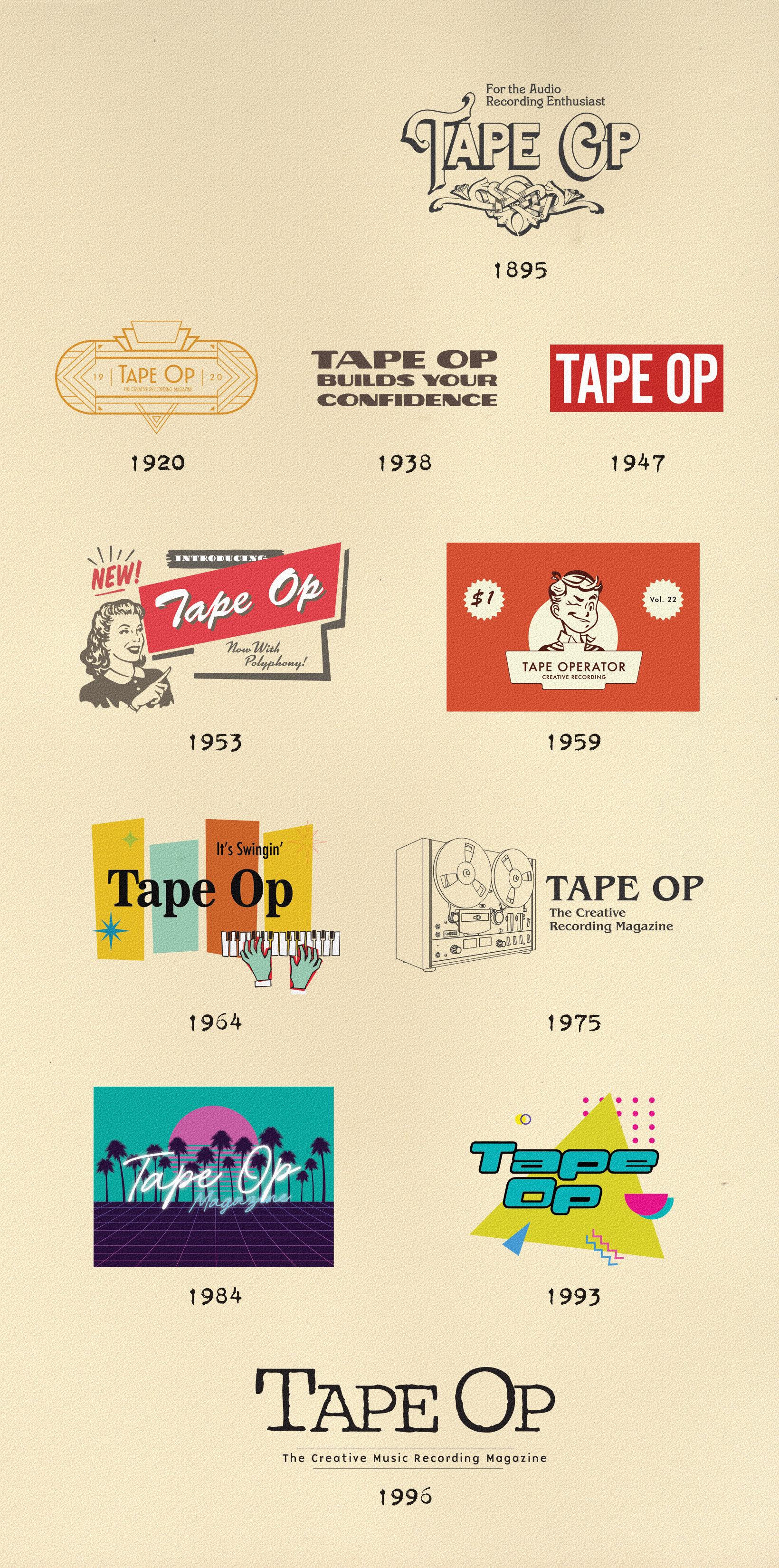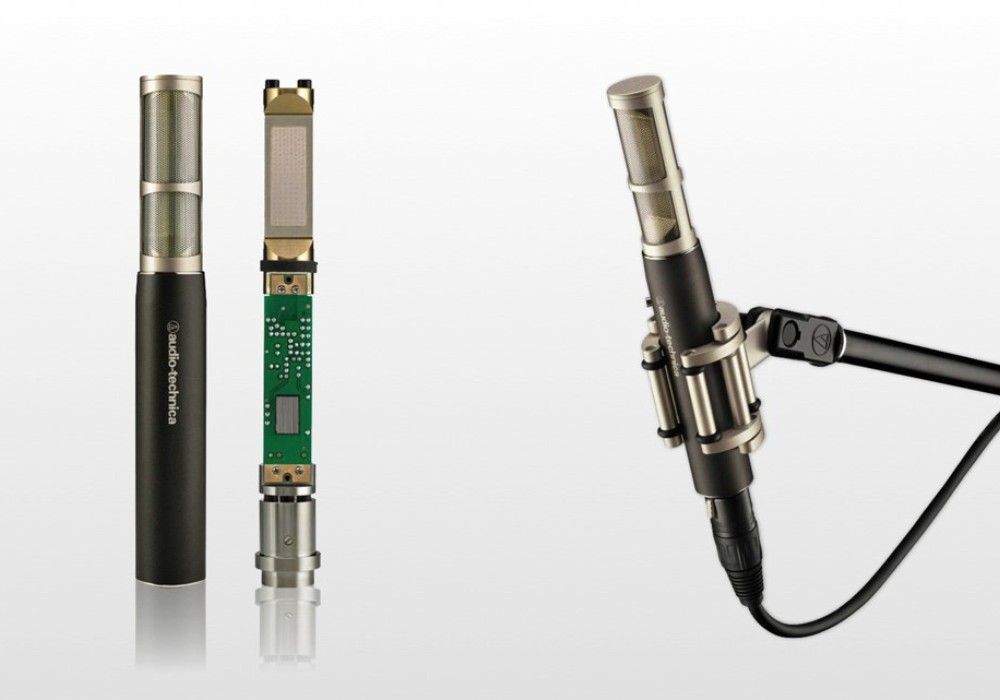The first thing you see when encountering Alder Audio’s H44 online is their slogan: A Better Ribbon For Less. This statement may seem underwhelming against the backdrop of today's pro audio hype machine – touting plug-ins that turn you into Chris Lord-Alge or sample packs that contain Bernard Purdie's pocket – but I found it refreshing. This humility and reverence for audio would prove to be signposts as I encountered a myriad of audio sources.
I met Tyler Campbell the day he dropped off a pair of H44 mics. Alder Audio is based in Ann Arbor, Michigan, so I was doubly excited these new sleek-looking mics were from close by. After an hour, I realized that this no-nonsense approach to marketing extended into the craftsmanship of these mics and their subsequent sound – it's Tyler's ethos. He briefly introduced me to the mic, told me how to use it, and said he hoped I liked it. Right before he left, we talked about transformers, as I'd just gotten off the phone with The Black Keys' FOH (front of house sound) and audio guru Jason M. Tarulli, who was lamenting the shipping time of some transformers. As Tyler left, I joked that if he wanted to make some real money he should start winding Triad A-11J transformers as used in the vintage Motown “Wolfbox” passive DI.
The H44 feels solid in the hand; its build is beyond sturdy, and the mic is downright attractive, largely due to the bodies being laser cut in Grand Rapids. The handmade vibes don't stop there, as the H44 sports its own in-house hand-wound toroidal transformer. In addition, Alder Audio holds a patent for the H44’s herringbone ribbon corrugation, and the geometry of its ribbon transducer design. The combination of the above lends the mic its durability while allowing a more open sound with greater flexibility than traditional ribbons. Under the hood, it gets deep. The transducer assembly is super narrow due to the way the magnets are mounted, and the physics of that results in less high end roll-off. There is also a reflector in the mic’s asymmetrical design that only acts from one side, giving the mic two voices. It requires about the same gain as we'd expect from a passive ribbon, but the front side has the top end extension more like active ribbons, while the back has a more neutral, flat response.
We threw the H44 to the lioness as soon as it arrived, using it to capture a Hiwatt DR504 amp head into a Lab Series 4x12 cabinet loaded with CTS speakers. The band on this date was Detroit's own Gu$her. These dudes bang out what can only be called conceptual hardcore like a lumbering panther hopped up on the bands The Wipers and Flipper. A huge part of this presentation is Jeremy Damaske's guitar sound. He'll traverse the sonic landscape in the jam, making huge low-end Melvins [Tape Op #142] style heft one second, and doing gnarly Les Rallizes Dénudés moves the next. I did what Tyler suggested, and tried the mic both ways. It was surprisingly tame in the low end from the front side, considering proximity and SPL. Had the amp not been crushingly loud, I'd probably have left it, but the 8 kHz presence peak the mic has from this side was too much on this fierce rig. I flipped the mic, and was pleased with how similar it was vibe-wise, but with a totally different placement spatially. The room was more evident, and the presence peak was gone, along with a bit of 200 Hz back in. I baffled the amp and the back of the mic, and we got basic tracks with a suitably menacing tone that was sonically present yet smooth.
WRKT.FM is a hardcore trio from Corktown here in Detroit. Their sound is well steeped in the socially conscious culture-de-sac of this particular genre, but the point is made favoring humor, or a tongue-in-cheek quip, over preaching. Sonically, they move from crazy electronics and noisy guitars to faster hooky parts before descending into some mosh areas that would give Pantera’s Far Beyond Driven a run for the money. In this type of music, drumming and the drum sound require endurance and attention to detail. Fortunately, the drummer on this date was Shayne O’Keefe. He’s a rarity, with the endurance and chops on hand to weave tons of personality to his parts. Even still, it’s often hard to get groups of mics to translate the gestalt of the drum set with all of the required close mic’ing. To this end, we usually hang a Coles 4038 [Tape Op #15] at the sweet spot over the kit as a glue mic. I cold-swapped the H44 for this legend of ribbons, going for the back side first. We usually run the Coles through something clean like a John Hardy [#15] preamp. The H44 had a more open top end, with a faster transient response than most ribbons, so we opted for a Rascal Audio Two-V [#102]. We ended up with a slightly brighter version of what I usually go for, but this ultimately saved some EQ'ing later, as I typically high-pass this mic to taste. This change of preamp illuminated how this mic reacts to impedance in a way that makes placement via preamp choice possible. On one of the slower songs, I utilized the front side of the mic, and was again pleased with the difference in capture while still sounding like the same mic, and the top end boost added detail on a jam with some space.
We've run the H44 on tons of sessions other than these two heavy band instances. It excels on all the sources one would use a ribbon: percussion, acoustic guitar, room mics, and horns. In every one of these instances, I could dial in placement and EQ with either side of the mic. Using the H44 as a stereo pair with the front side through a Soyuz Launcher was nothing short of arresting on a string quartet. The next day, an impromptu piano track was needed, and I lazily used the same setup with gorgeous results. The same pair of H44s (sans Launcher) were perfect for a horn section through the AEA RPQ [Tape Op #73] preamp rendered a very finished product that was easily tucked into the mix, with that "in the room" vibe even though it was recorded weeks later. I loved these mics everywhere I used them, and the presence boost on tap makes the H44 super flexible.
The Alder H44 is an excellent choice for mic lockers brimming over with ribbons, or for those looking to get in the ribbon game for a modest price. The fact that this mic presents the high-quality sonics it does makes it a great deal, but its ability to capture two functionally different pictures with a simple spin of the mic makes it a steal. We love ribbons at High Bias Recordings, and we have lots of options. So, when a mic makes the cut, that really says something, especially at this price point! I kept a pair!
Oh, and the joke I made about A-11J transformers sent Tyler down the Motown rabbit hole, and he now makes his own version of this iconic transformer for DIY folks, with his DI box coming soon!





_disp_horizontal_bw.jpg)